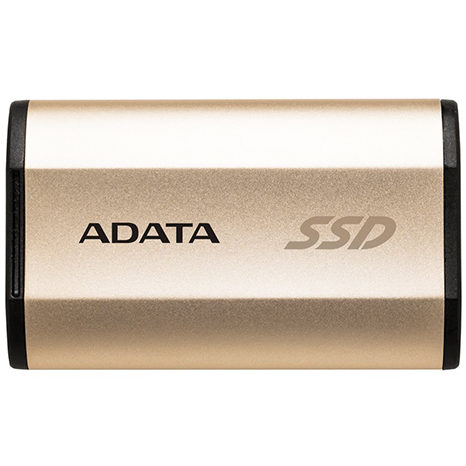Adata Portable SSD Roundup
Introduction And Internals
Why you can trust Tom's Hardware
You might have noticed that every SSD manufacturer has released a portable SSD in 2016. It kicked off with Samsung releasing a second-generation product early in the year, and then nearly everyone else followed.
The first thing we have to wonder is why there are so many new, low-cost portable SSDs. We are in the largest NAND flash shortage in history, right?
The NAND shortage has impacted three-bit per cell (TLC) NAND flash, but not on the same scale as two-bit per cell (MLC). The TLC shortage is just beginning to impact users. Vendors built the sudden rush of low-cost TLC-based portable SSDs months ago in preparation for the holiday shopping season. Most advertise the drives with the bare basics of specifications and the famous "up to" designation, which denotes burst performance but not sustained performance.
File transfers, usually with large files or folders with large amounts of data, are the typical portable/external disk workload. The other prevalent workload is operating system disk backup for data security and integrity. These workloads are villainous to the TLC NAND that relies on an SLC buffer for high-speed burst performance. Once the data flows outside of the SLC buffer, the TLC flash slows to what we call native TLC performance. This is the speed after the SLC buffer is exhausted, and it is only a fraction of the performance found during the relatively fast buffer burst.
Technical Specifications
Not all of the products in our test use 3-bit per cell NAND. We have three new portable SSDs from Adata, including the new flagship SE730 250GB. This drive features the new USB 3.1 Generation 2 Type-C 10Gb/s interface and MLC NAND. Adata chose to pack a small M.2 SSD with the JMicron JMF670H controller, which we detailed in June 2015, into a small but premium enclosure.
Our two other samples are nearly identical except for the external case. The SC600 and SV620 ship in different cases, but both use the same Adata SP550 2.5-inch SSD inside with a Silicon Motion, Inc (SMI) SM2256 controller and Adata-branded planar TLC NAND. These drives feature a USB 3.0 Micro-B connector that is capable of delivering up to 5Gb/s of throughput performance.
Let's detail each product individually.
Adata SE730
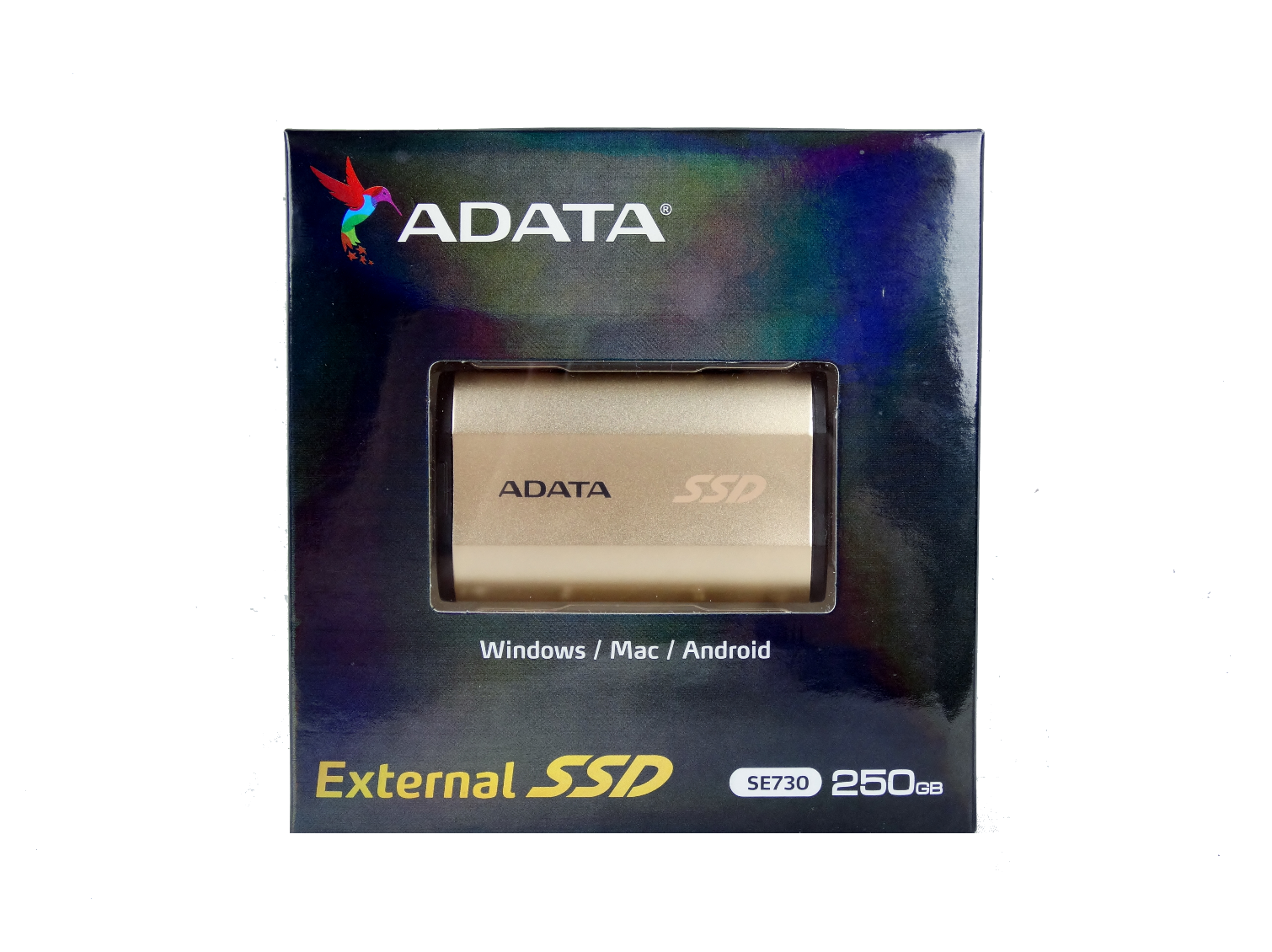


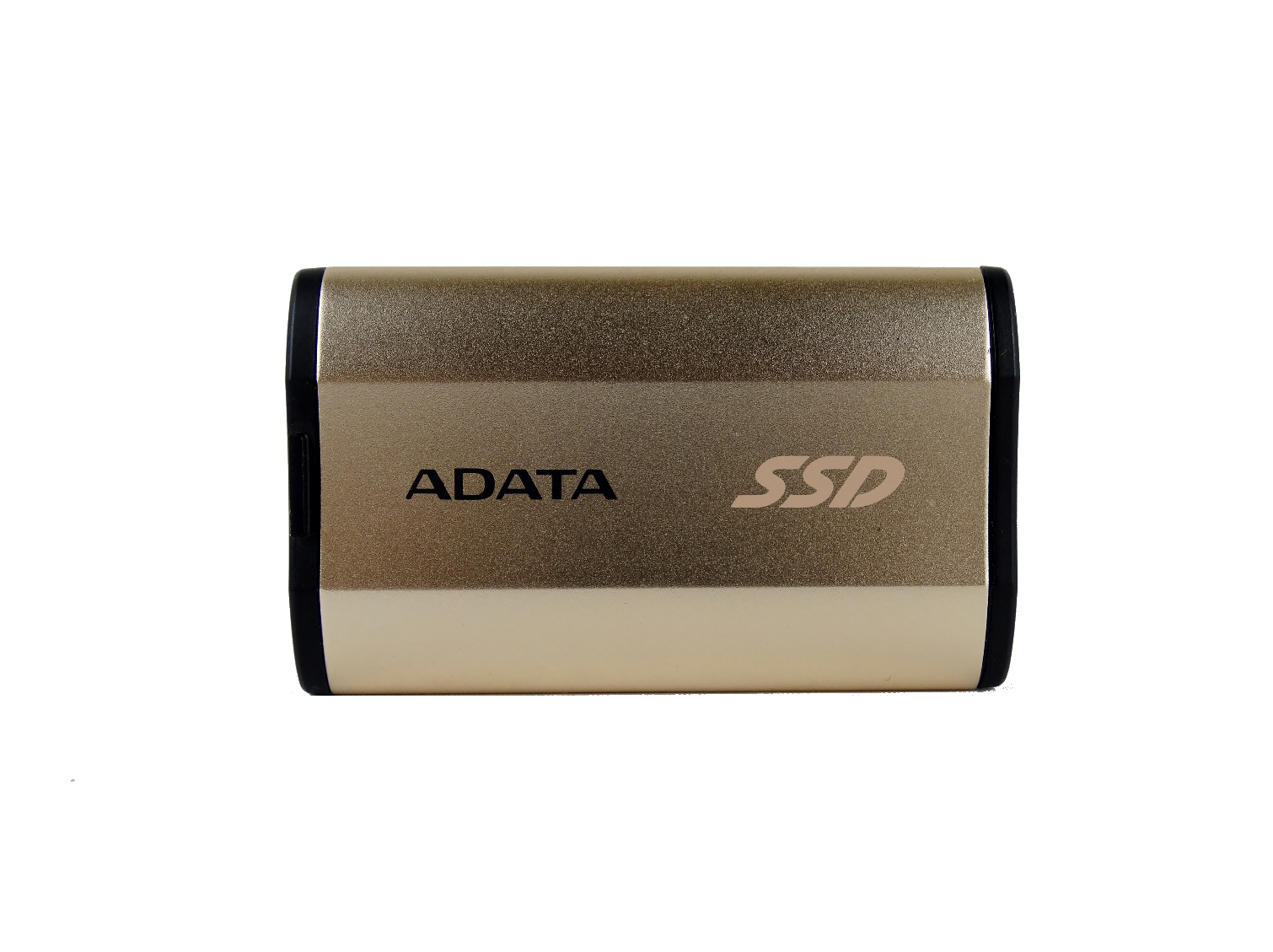
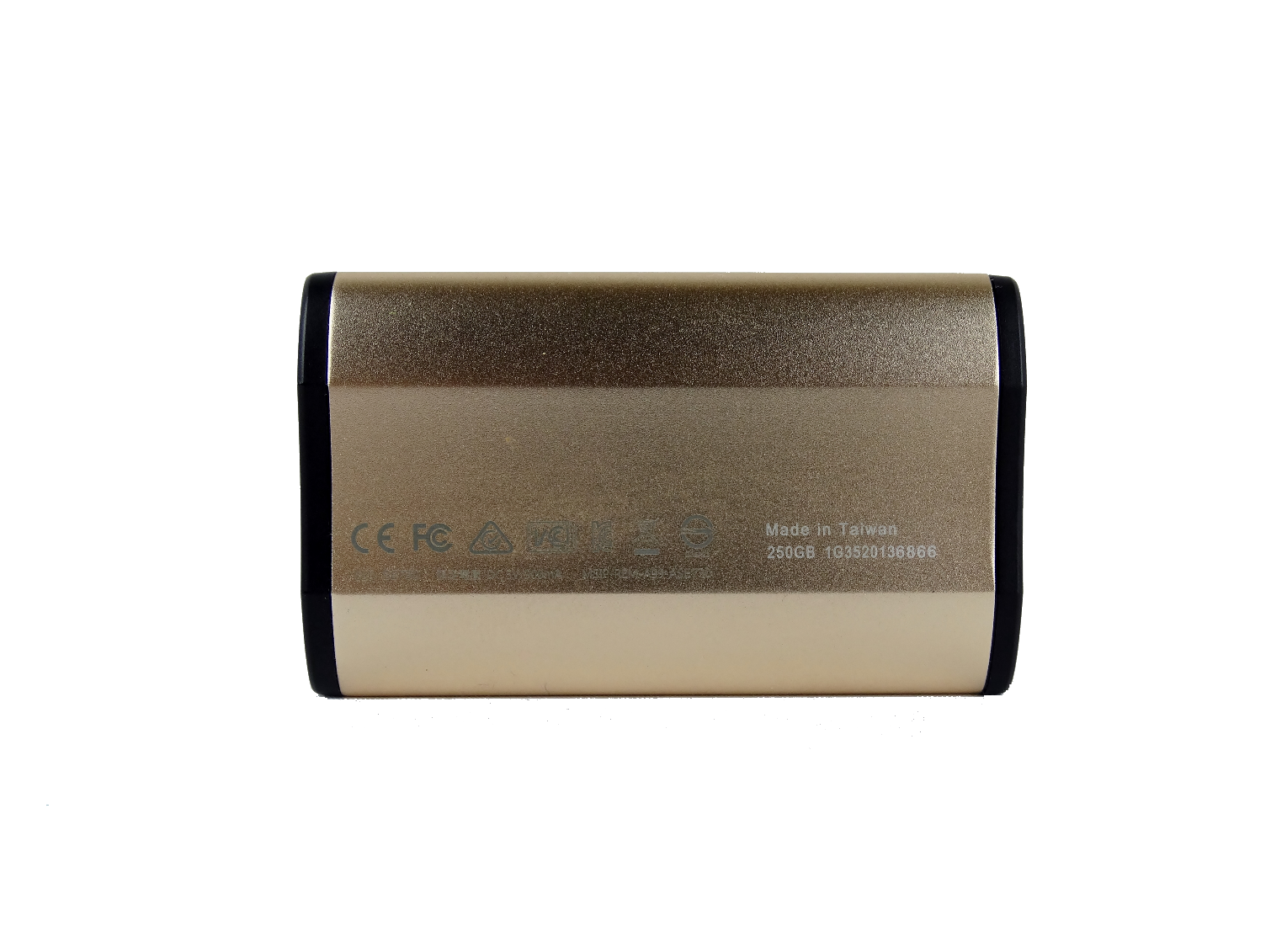

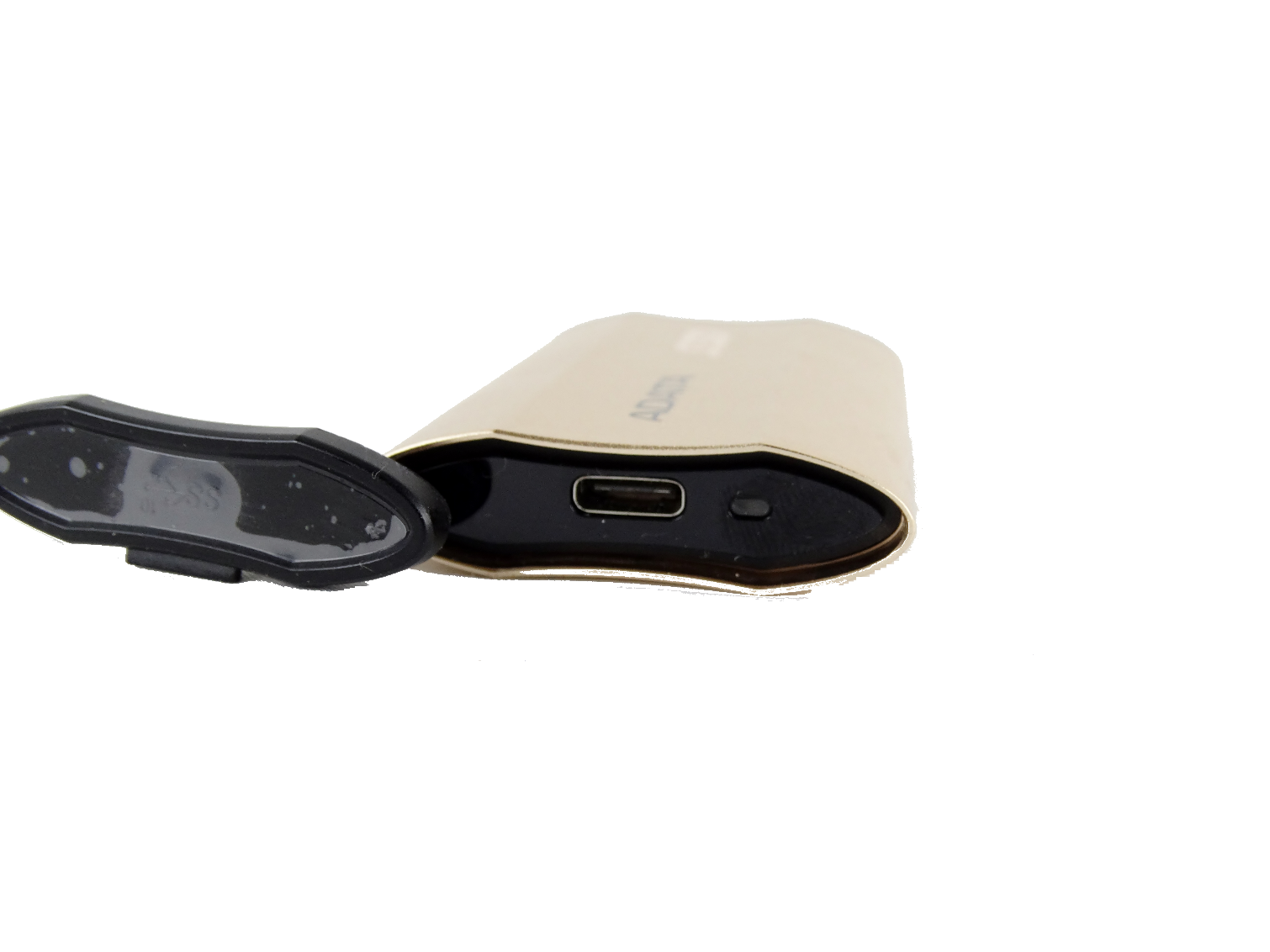
The Adata SE730 stands out from the two other portable SSDs in this roundup. It features the same Chroma color scheme that the company uses with the new flagship Ultimate SU800 SSD we recently reviewed. The drive only ships in a single 250GB capacity.
The SE730 is a very small SSD that fits comfortably in your front pocket--even in a tight pair of "skinny jeans." The SE730 is essentially Adata's response to Samsung's slim-profile T1 and T3 Portable SSDs. The SE730 weighs just enough to give it substance so you know it's in your pocket, but it's not overbearing.
The SE730 is the only Adata portable SSD in this round up that is IP68 rated, which means it is dust and water resistant (with the door closed). The SE730 is also MIL-STD-810G compliant; it can withstand a fairly substantial fall without damage.
Adata ships the SE730 with one USB Type-A to Type-C cable. Similar products with a Type-C connector also ship with a Type-C to Type-C cable. Adata omits the additional cable to reduce the retail price. There are very few USB 3.1 Type-C connectors in the wild at this time, but if you need one they are only a few dollars at Amazon.
We found the Adata SE730 250GB online for just under $120 at Amazon. The drive only ships in one capacity, but you have a color choice of red or gold. The SE730 carries a standard 3-year warranty.
Adata SC660

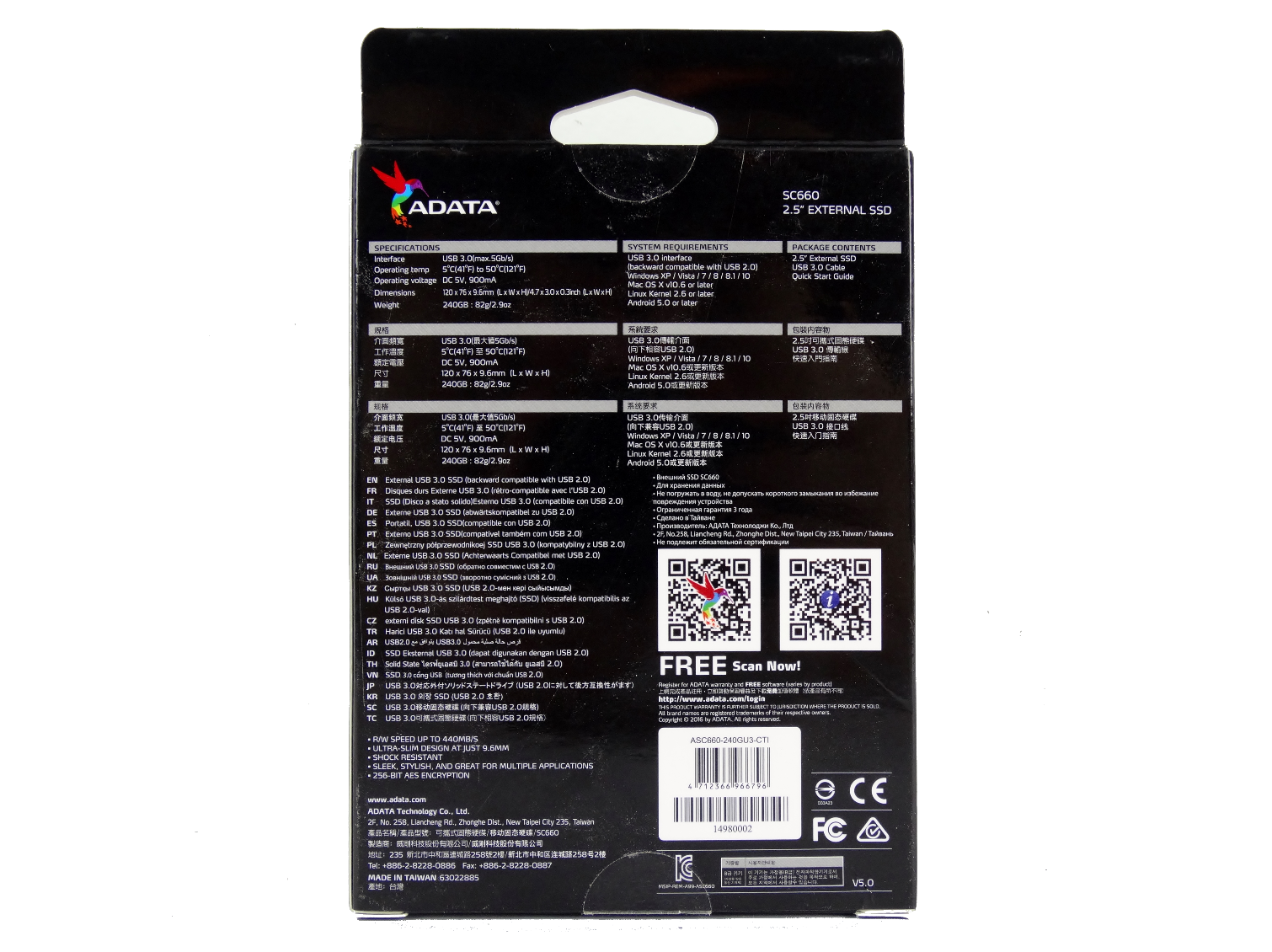

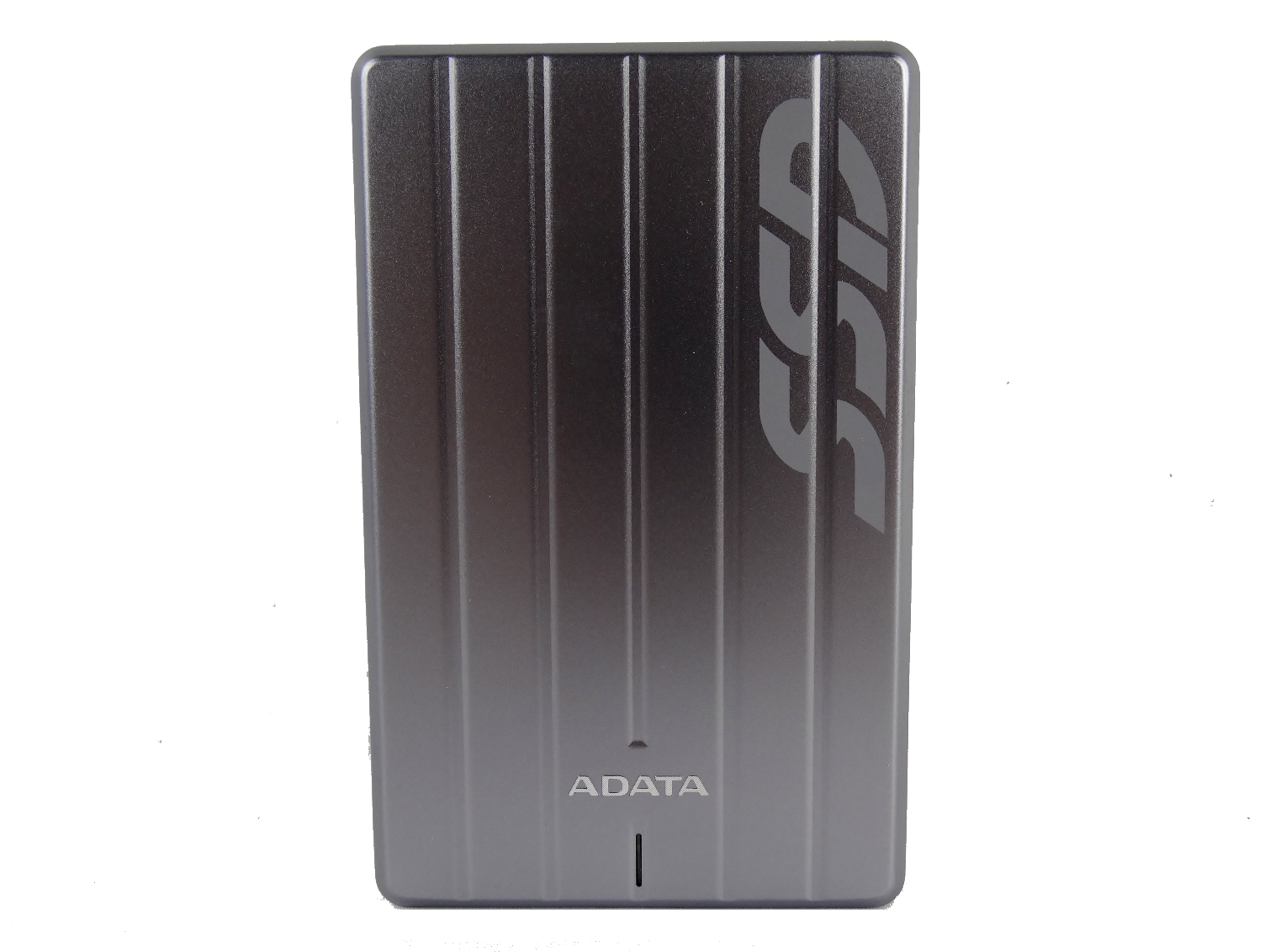
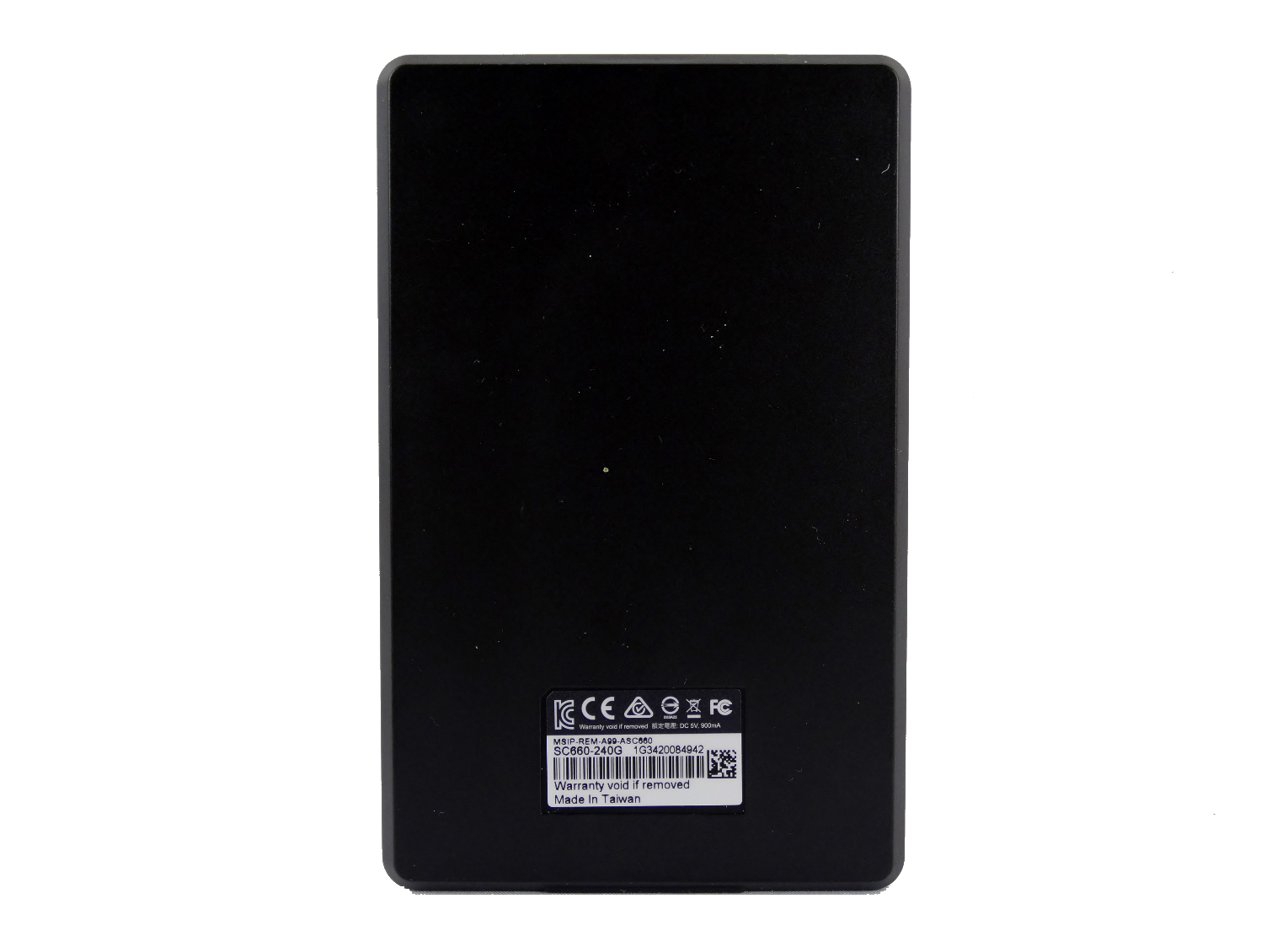

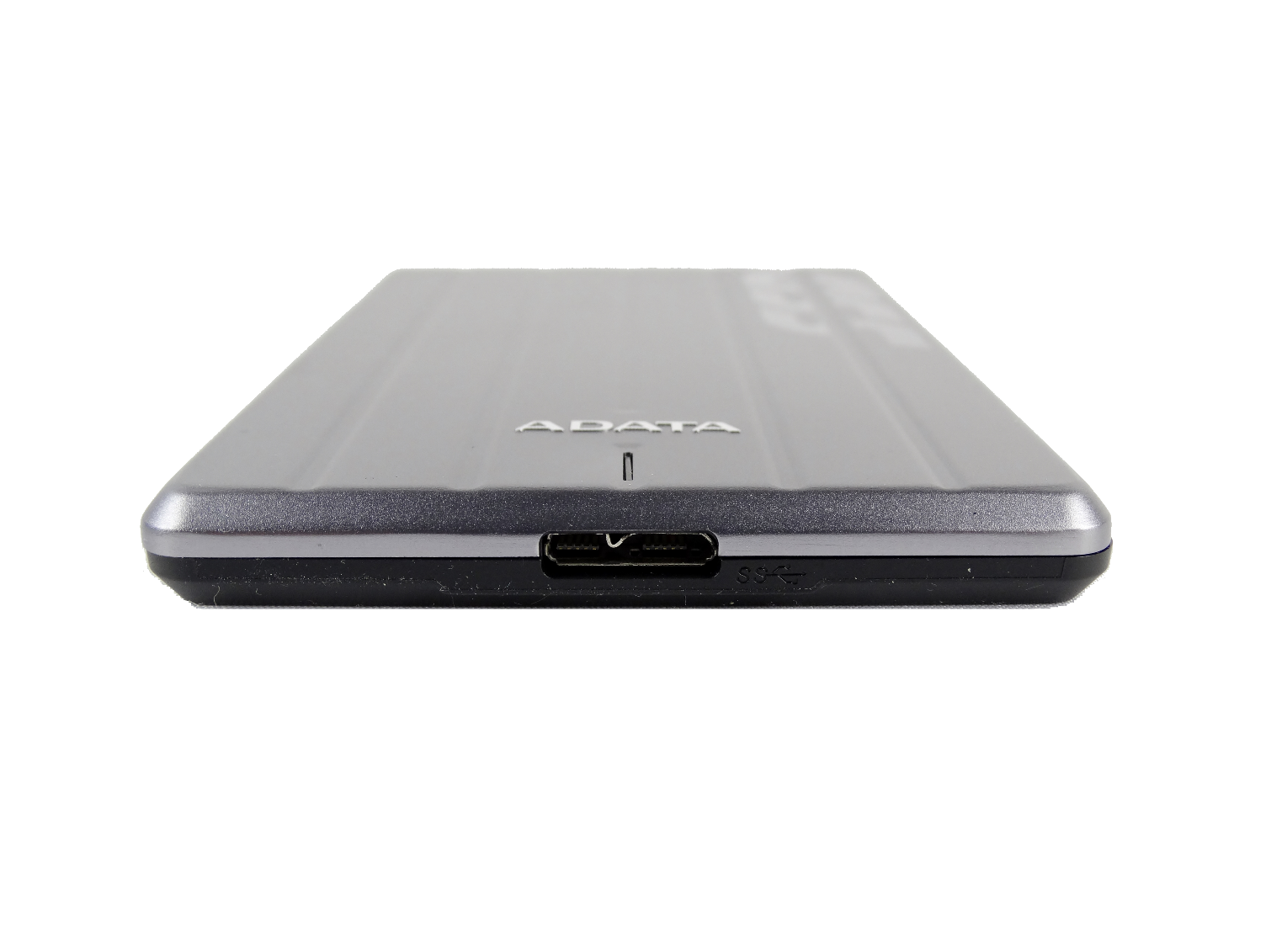
The Adata SC660 is a low-cost portable SSD that is the same size as many other products on the market. It features a 2.5-inch Adata SP550 inside a slim, yet stylish case. The drive uses a USB-to-SATA bridge chip to convert the USB 3.0 5Gb/s signal to SATA 6Gb/s, which the SSD speaks natively. Adata packs the drive with a USB 3.0 Type-A to USB 3.0 Micro Type-B cable.
The SC660 doesn't come with any shock, dust, or water resistance rating--so don't take it snorkeling. The drive is fairly low-cost, but the case is almost entirely made of plastic. It will survive a waist- or table-height fall without issue, and that is one of the key selling points. The SC660 is more robust than a similar-sized HDD because it has no moving parts inside.
The weak point is the type of flash Adata uses in the portable SSD. The Adata SP550 240GB delivers sufficient SLC burst performance, but the native TLC performance with 128KB blocks is just 62 MB/s.
The SC660 ships in two capacities of 240GB and 480GB, but holiday sales made it difficult to find. We did find both capacities at B&H for $99.99 (240GB) and $169.99 (480GB). The SC660 carries a 3-year warranty.
Adata SV620

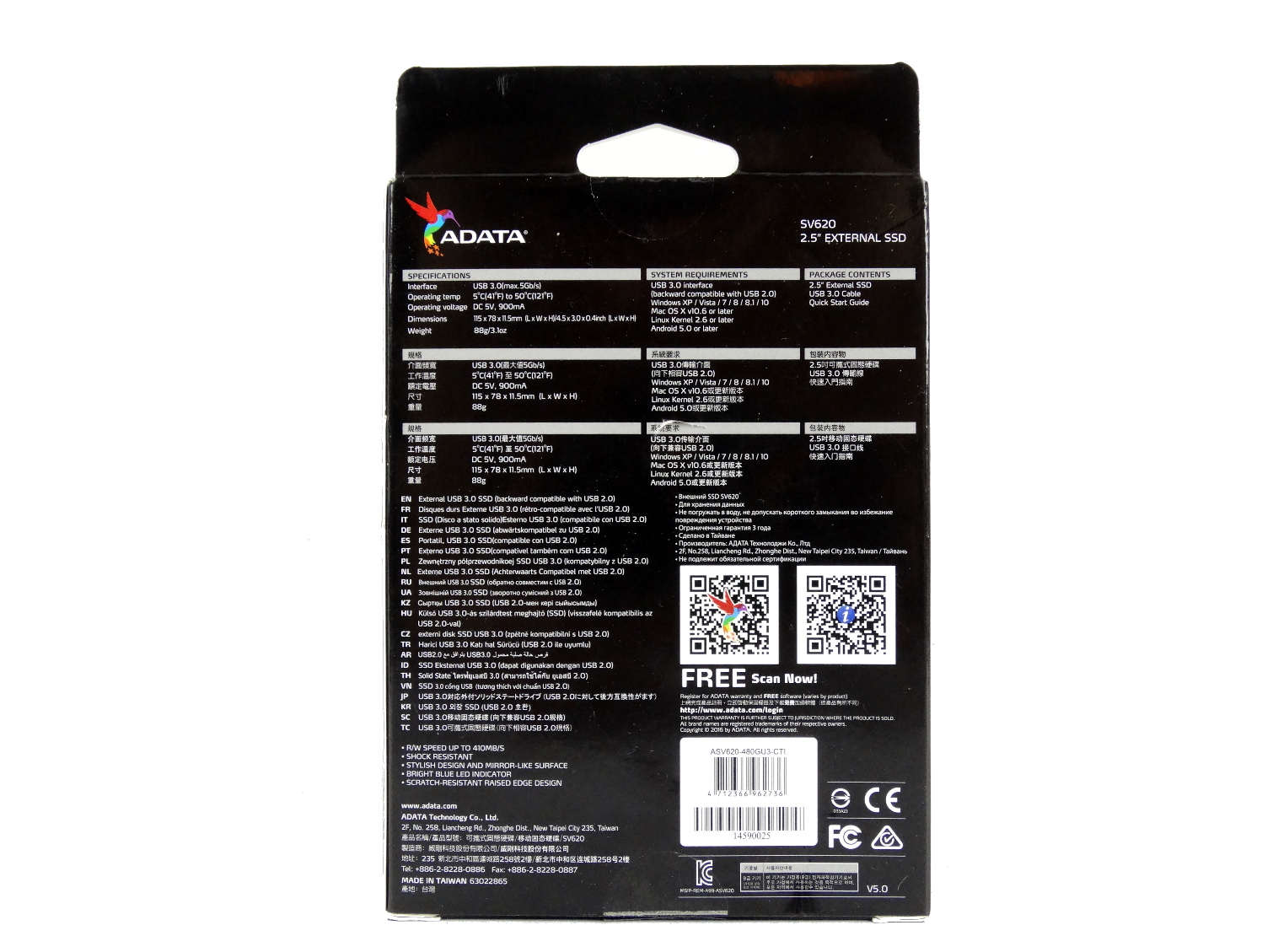

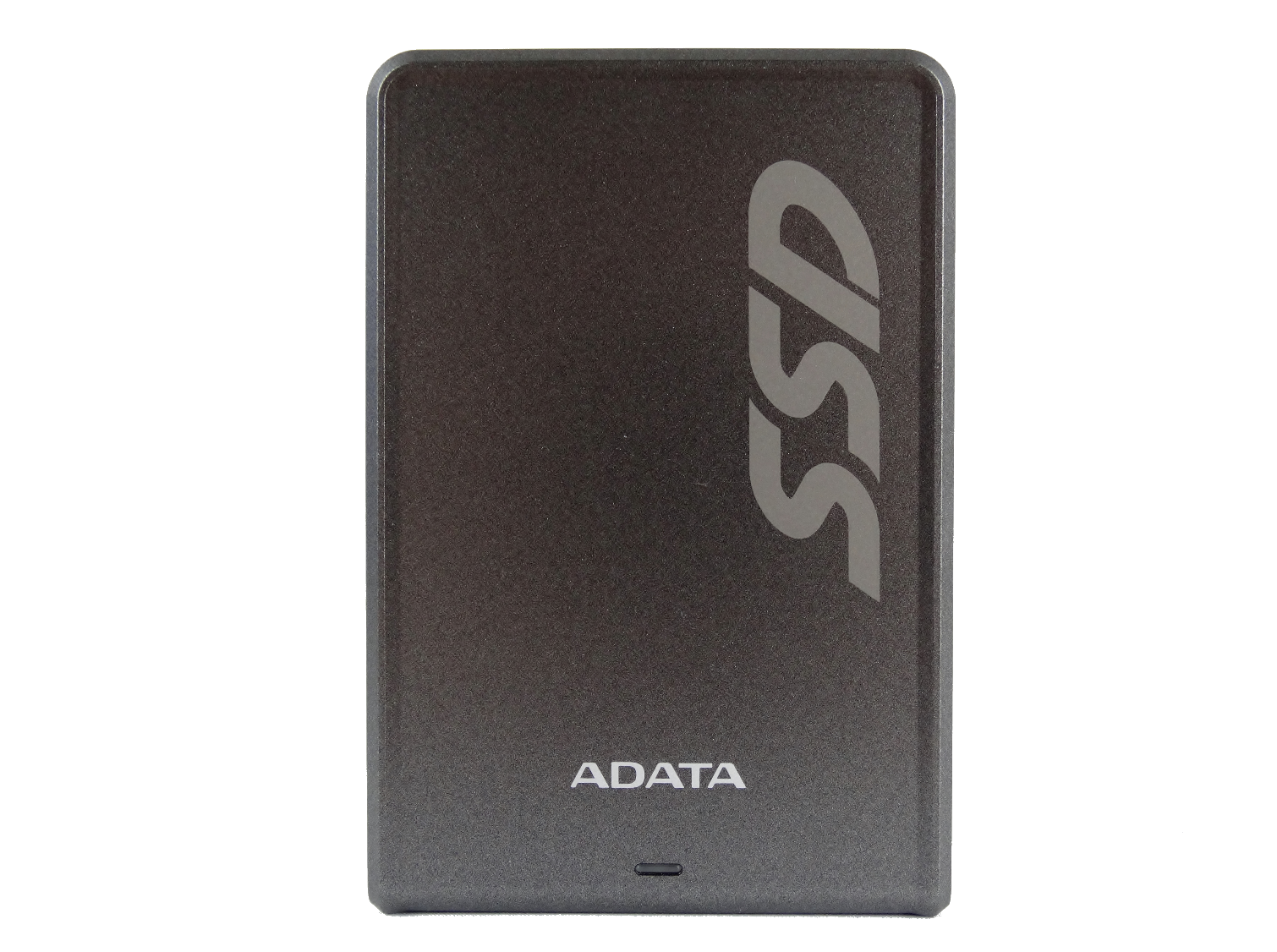
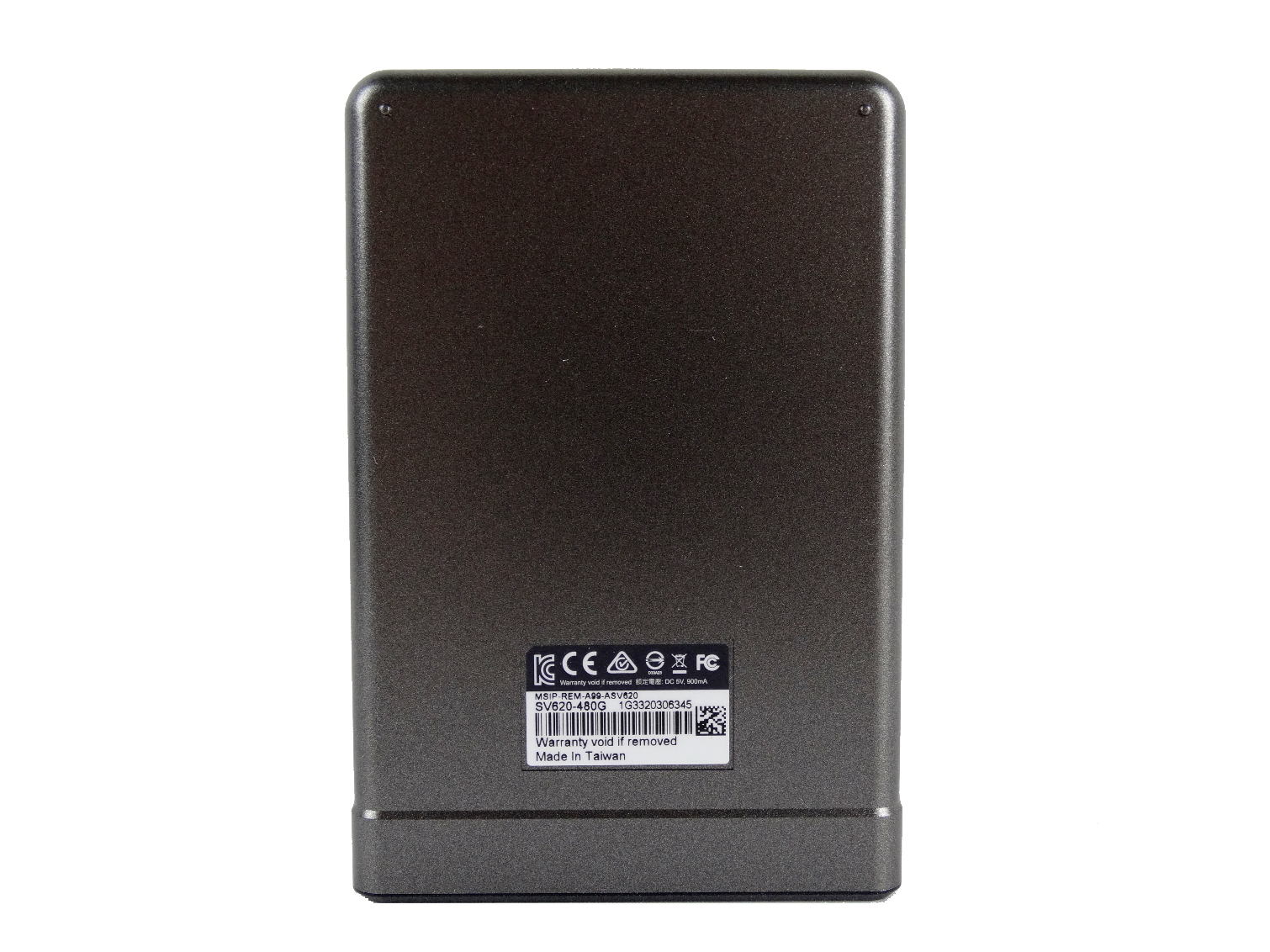
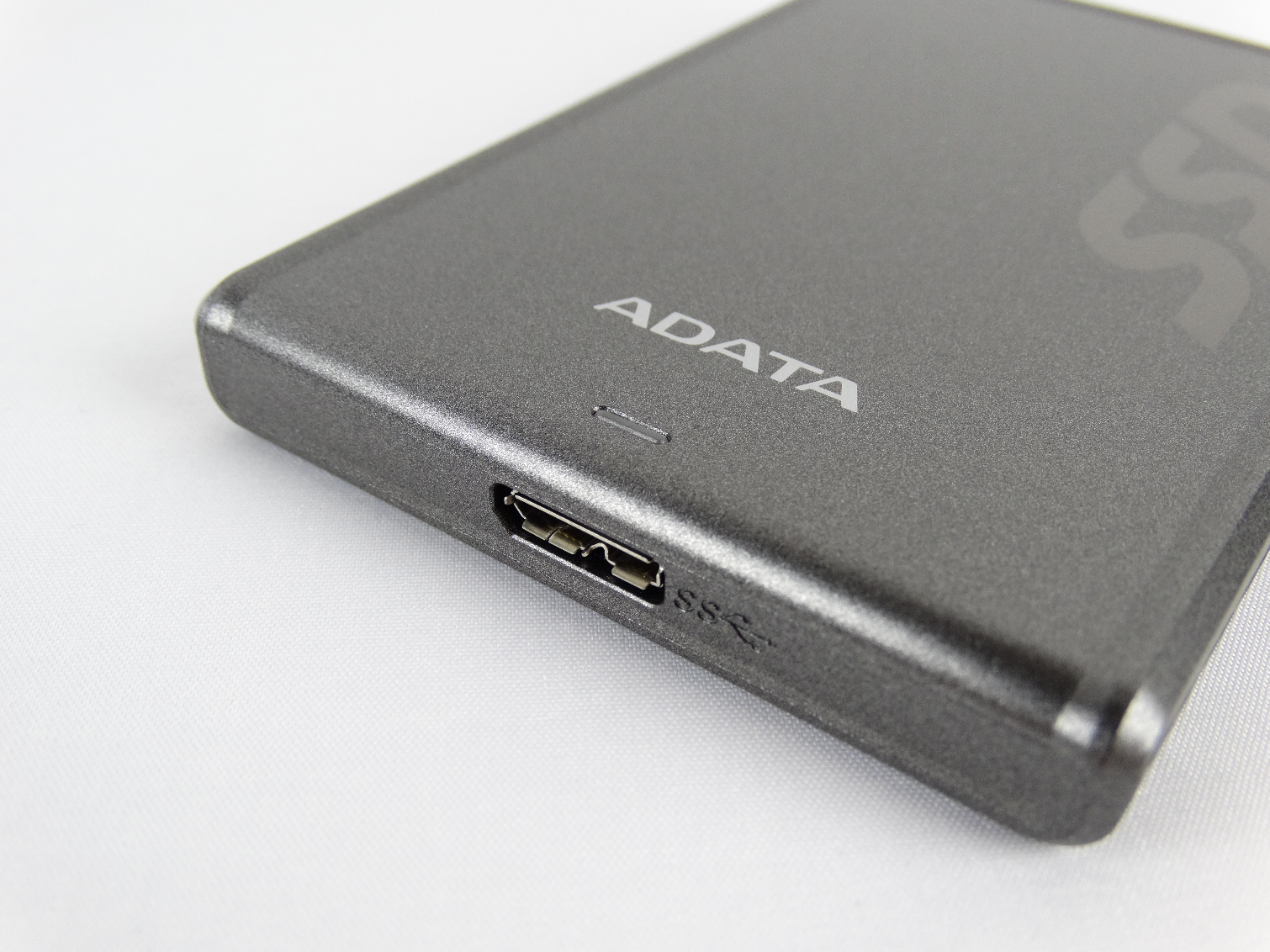

The Adata SV620 SSD is nearly identical to the SC660. The drive features the same Adata SP550 internal SSD with TLC flash and an SMI SM2256 controller. It also ships with the same USB 3.0 Type-A to USB 3.0 Micro Type-B cable. The case design is the only notable feature that makes the SC620 different from its SC660 brother.
The case is a different design, but they look very similar. Both are silver or gray (depending on the lighting) and feature the same interface. We rarely see two products that are so similar from the same company. For the most part, you should make your buying decision based on which unit sells for less.
The same disabling TLC NAND is in the SV620, too. We have the SV20 480GB to contrast to the SC660 240GB. Our testing shows the 480GB drive delivers slightly less native TLC sequential write performance (just 50 MB/s).
The Adata SV620 240GB sells for $79.99, while the 480GB model sells for as low as $139.99. Both capacities carry a 3-year warranty.
MORE: Best SSDs
MORE: Latest Storage News
MORE: Storage in the Forums
Get Tom's Hardware's best news and in-depth reviews, straight to your inbox.

Chris Ramseyer was a senior contributing editor for Tom's Hardware. He tested and reviewed consumer storage.
